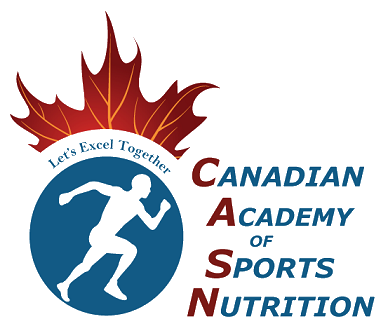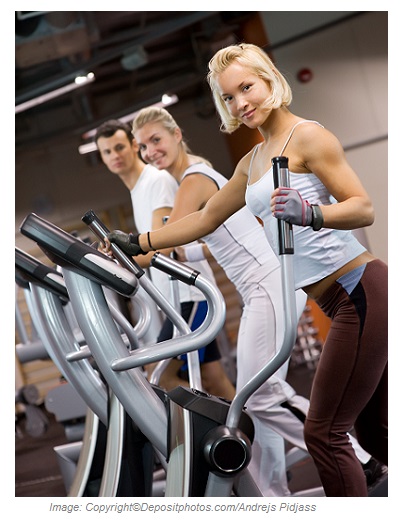 hormone. Experts claim that the benefits we get from exercises result from the elevation of our natural growth hormone levels. Both high intensity aerobic exercises and anaerobic exercises (weight training) stimulate the production of growth hormone, and studies indicate that the greater the intensity of exercise, the greater the increase in hormone production. Interestingly, vigorous exercise hikes the levels of GH, and stimulation of growth hormone enhances the capacity of intensive exercise.
hormone. Experts claim that the benefits we get from exercises result from the elevation of our natural growth hormone levels. Both high intensity aerobic exercises and anaerobic exercises (weight training) stimulate the production of growth hormone, and studies indicate that the greater the intensity of exercise, the greater the increase in hormone production. Interestingly, vigorous exercise hikes the levels of GH, and stimulation of growth hormone enhances the capacity of intensive exercise.Some studies indicate that exercise may increase the secretion of GH in women more than in men.
Growth Hormone-Raising Exercises:
Research show that growth hormone rises by doing exercise. Both aerobic and anaerobicexercises seem to stimulate growth hormone secretion in different ways.
Studies have shown that even though high-intensity of aerobic exercises, such as biking, stationary bicycle, running, treadmill running, jogging, cross-county skiing, and swimming can elevate growth hormone, the most reliable exercise to increase growth hormone production is progressive weight training. Combining aerobic exercise with weight training is the best approach. Consuming GH-releasing supplements in conjunction with exercising can result in significant physical improvement.
The mechanism by which exercise stimulates the secretion of growth hormone is unknown, but three possibilities have been suggested. They include low levels of blood glucose, accumulation of lactic acid, and beta-endorphins release.
Some researchers believe that exercising on an empty stomach is the best enhancer of growth hormone release, and especially avoiding consuming high carbohydrate foods within 5 to 10 minutes before and after exercise. Others believe that exercising on an empty stomach has a negative effect on performance, because it may reduce the metabolic rate of the body. A common belief among elite athletes, particularly bodybuilders, is that they should not consume carbohydrate within 30 minutes after exercise, otherwise that will suppress the stimulated secretion of growth hormone. See “Nutrition After Exercise” under the section of “Sports Nutrition”.
Exercise-induced hypoglycemia (low blood sugar) causes mixed outcomes. On one hand, the low blood sugar levels that follow exercise stimulate the secretion of growth hormone; on the other hand, it produces symptoms of faint, lightheadedness, agitation, fatigue, blurred vision, headaches, indecisiveness and confusion, all of which lead to low performance during exercise.
An athlete cannot benefit from the GH-releasing effect of hypoglycemia without 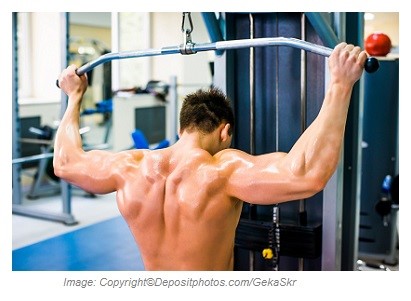 suffering from its symptoms. But there are ways to manage the impact. The level of blood sugar at which secretion of growth hormone is stimulated and yet does not interfere with performance has not been determined. Because low blood sugar levels during exercise or competition, particularly prolonged exercise, may reduce physical performance and endurance, some researchers believe that consuming carbohydrate during exercise or right after it results in high blood glucose levels and improved performance. If the symptoms of low blood sugar interfere with athletic performance, we recommend consuming carbohydrates with caution, especially within an hour of intensive workouts. If you must have a carbohydrate, eat or drink it 5 to 10 minutes immediately before exercise or 3 to 4 hours before it. Based on what scientific studies show, consuming carbohydrates within the aforementioned periods can result in increased or unchanged levels of blood glucose, unchanged levels of glycogen, and improved athletic performance.
suffering from its symptoms. But there are ways to manage the impact. The level of blood sugar at which secretion of growth hormone is stimulated and yet does not interfere with performance has not been determined. Because low blood sugar levels during exercise or competition, particularly prolonged exercise, may reduce physical performance and endurance, some researchers believe that consuming carbohydrate during exercise or right after it results in high blood glucose levels and improved performance. If the symptoms of low blood sugar interfere with athletic performance, we recommend consuming carbohydrates with caution, especially within an hour of intensive workouts. If you must have a carbohydrate, eat or drink it 5 to 10 minutes immediately before exercise or 3 to 4 hours before it. Based on what scientific studies show, consuming carbohydrates within the aforementioned periods can result in increased or unchanged levels of blood glucose, unchanged levels of glycogen, and improved athletic performance.
Aerobic Exercises:
Aerobic exercises are those physical activities that involve the major muscle groups rhythmically or continuously and raise your heart rates up to 60 to 90 percent of its maximum rate for at least 15 to 20 minutes. Distance running, stair climbing, playing soccer, rowing, treadmill running, biking, swimming, cross-county skiing, and jogging are aerobic exercises. To feel well, you need to do aerobic exercise. If you devote a little time each week to simple aerobic activities, you will feel much better both mentally and physically. Incredible as it may seem, engaging in high intensity aerobic workouts often uses less stored fat than would a low intensity exercise like walking. Studies have shown that WJR (walk-jog-run) is the best growth hormone-releasing aerobic exercise. Aerobic exercises demonstrate the following benefits:
- Strengthen the heart and lungs.
- Slow the resting heart rate. The lower the resting heart rate, the better.
- Neutralize the negative effects of stress hormone (cortisol).
- Cause the body to use oxygen and calories more efficiently.
- Increase stamina and decrease anxiety.
- Burn fat and begin to shift the ratio of fat to muscle.
- Increase the amount of blood pumped by the heart during exercise.
- Help the body cope with emotional stress easily.
- Reduce blood pressure and help the body control it effectively.
Not all aerobic exercises are suited for everyone. Sometimes you have to tailor your aerobic routines.
Anaerobic Exercises:
Anaerobic exercises are those physical activities that require short, intense bursts of energy followed by periods of rest. Using specific muscle groups with little or no cardiovascular conditioning, they do not raise your heart rates up to its maximum rate. Weight training is the best example of anaerobic exercises. The others are golf, push-ups, pull-ups, squat, and isometrics. Because aerobic exercises do not maintain muscles, it is important to include anaerobic exercise in a weekly regimen.
The advantages of anaerobic exercise are as follows: 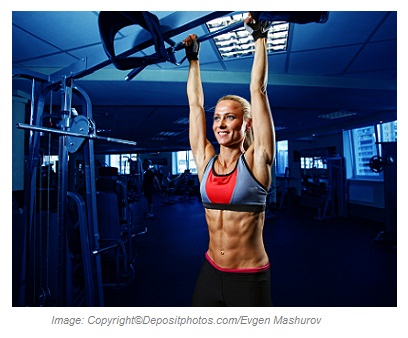
- Increase muscles strength and size.
- Firm and tone the body.
- Burn fat and increase lean body mass.
- Define muscles.
Weight training program can be simple and yet do wonders for both muscles and fitness. Lifting weights for even 5 to 10 minutes each day is a great way to build strength and muscle mass, strengthen the joints, build bone density, and prevent osteoporosis.
Get Ready for GH-Releasing Workouts:
For the best results in releasing GH, an exercise program needs to follow an order. Any GH-releasing workout includes the following four basic elements:
1) Warm up (5-10 minutes)
2) Weight training (30-40 minutes)
3) Aerobics (30-40 minutes)
4) Cool down (5-10 minutes)
Some sports medicine specialists recommend doing aerobics first and then weight training, while others recommend the opposite. Each group has its own reasons. Most athletes follow the pattern recommended here: weight training followed by aerobics.
Warm up and Cool down:
We never recommend weight training without the warm up program. Warm up is an essential element that helps your body prepare for the more demanding exercise to come. Warm up improves flexibility, loosens joints, stretches muscles, limbers tight areas, and prevents exercise-induced injuries. To warm up, you can do static stretches for any muscle group. Loosening the joints and light jogging, also called rhythmic limbering, are good examples of a warm up program.
A cool down is just important as a warm up. It helps increase your joints range of motion and increase your flexibility. Cooling down helps the body return to its normal state. To cool down, a person can do static stretches and relaxation exercises.
Weight Training:
The most essential aspect of GH-releasing workouts is weight training. Because it is an anaerobic exercise, the body uses adenosine triphosphate-phosphocreatine (ATP-PCr) system as an energy source without interfering with oxygen. For more and detailed information about the energy system ATP – PCr, see “ATP – PCr” under the section of “Energy Systems”.
All weight training workouts have four components. The specifics of the  components may vary from an individual to another, so the workout requires deciding on the following:
components may vary from an individual to another, so the workout requires deciding on the following:
- Weight – the amount of resistance.
- Sets – the frequency of repetitions or how often you work out.
- Repetitions – the number of times you exercise.
- Rest – the time between two sets.
To get fullest growth hormone enhancement effect by weight training, it is best to commit the following to your exercises:
- Exercise 3 to 5 times a week
- Do not exercise for more than 30 to 40 minutes at a time. Otherwise overtraining syndrome or burnout occurs followed by a release of stress hormone that can reduce your growth hormone levels.
- Use 70 to 85 percent of the maximum weight you can handle.
- Do 2 to 5 sets of each exercise (3 sets on average).
- Do 10 to 12 repetitions per set.
- Allocate 1 to 3 minutes rest between 2 sets. The rest and recovery time is very important, because overtraining may lower GH levels by stimulating stress hormone.
- Increase your strength with high weights, low repetitions, and long rest periods.
- Increase your size and endurance with low weights, high repetitions, and short rest periods.
- Include GH-releasing supplements in your workouts programs.
- Schedule your optimal weekly programs.
- Ask a fitness trainer to adjust your program.
The following is a suggested routine in weight training; these basic exercises are the essence of a GH-releasing program.
Chest:
Bench press
Push-ups
Incline dumbbell press
Chest flies
Cable crossovers
Shoulders:
Shrugs
Overhead press
Lateral raise
Front raise
Upright rows
Legs: 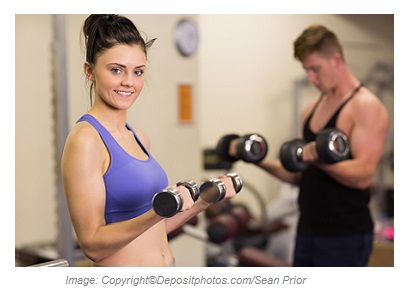
Dead lift
Squat
Hach squat
Leg extension
Leg curls
Lunges
Abdominal:
Crunches and leg raises
Back:
Dead lift
Bent-over rows
Seated rows
Pull-ups
Traps:
Shrugs
Biceps:
Preacher curls
Standing curls
Barbell curls
One-arm dumbbell curls
Triceps: 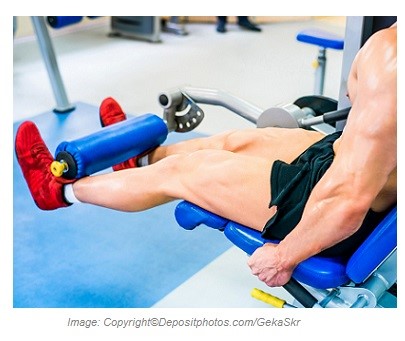
Kickbacks
Triceps press
Pushdowns
Dips
Thighs:
One-leg standing cable crossover
Calves:
Standing toe raises
Seated toe raises
Here are some different weekly weight training programs. Not all these are to be done consecutively. A person can choose one of them:
Program 1:
Monday: shoulders, traps, and abs
Tuesday: chest and back
Wednesday: rest day
Thursday: triceps and calves
Friday: thighs, legs, and calves
Saturday: biceps and shoulders
Sunday: rest day
Program 2:
Monday: biceps, abs, and legs
Tuesday: rest day
Wednesday: shoulders, calves, and chest
Thursday: back and abs
Friday: rest day
Saturday: rest day
Sunday: triceps, traps, and legs
Program 3: 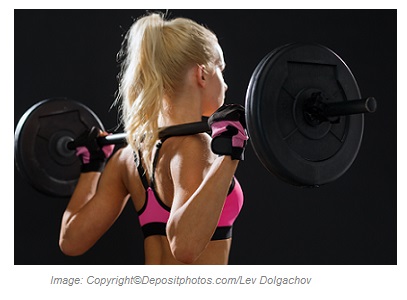
Monday: legs and abs
Tuesday: rest day
Wednesday: shoulders, triceps, and calves
Thursday: rest day
Friday: traps, back, and abs
Saturday: rest day
Sunday: chest, biceps, and traps
Aerobics:
Following weight training, do 30 to 40 minutes of aerobics. Aerobics produces beneficial cardiovascular changes and maintains growth hormone in a high level for hours. Some useful aerobics are:
- Jogging on a treadmill.
- Walking briskly and uninterruptedly.
- Running in place on a rebounder.
- Stationary biking.
- Working out on a rowing machine.
Once you finished the aerobics, it is time to move to the last part of the workout, the cool down.
